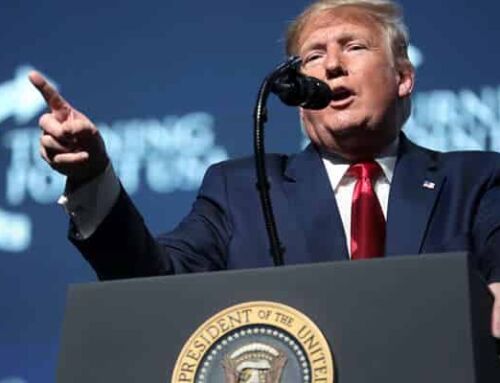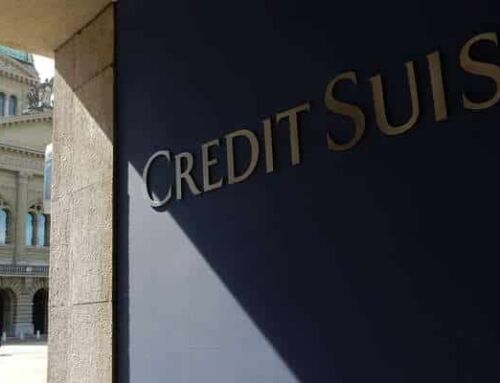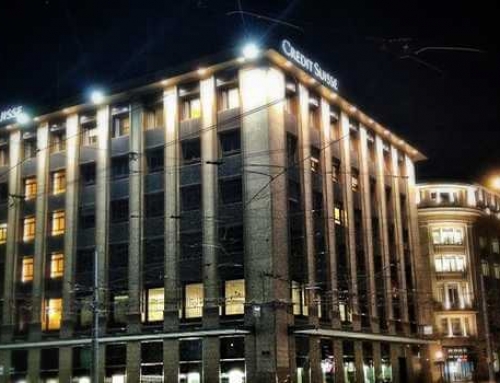SYDNEY The U.S. dollar held near 14-year peaks on Wednesday as global yield spreads moved inexorably in its favor, while a falling yen lifted Japanese shares to a one-year top.
The Nikkei .N225 added 0.3 percent in thin trade, while Australia’s main index climbed 0.6 percent to its highest in 17 months after Wall Street racked up more records.
Japan’s government upgraded its overall assessment of the economy on Wednesday, echoing a more upbeat view from the Bank of Japan’s delivered the day before.
The dollar reveled in its rapidly widening yield premium, with the Federal Reserve set on a tightening course even as its peers in Europe and Japan act to keep their short-term rates deep in negative territory.
The dollar index, which measures it against a basket of currencies, stood at 103.100 having touched 103.65 .DXY, its highest since December 2002. [FRX/]
The U.S. currency did run into scattered profit-taking as the session wore on which eased it back to 117.64 yen JPY=, but remained in sight of the recent peak at 118.66. The euro was a fraction firmer at $1.0413 EUR=.
On Wall Street, the Dow ended just 25 points shy of the magical 20,000 barrier helped by a 1.68 percent gain in Goldman Sachs (GS.N).
Stocks have been on a tear since the Nov. 8 presidential election, with the Dow up 9 percent and the S&P 500 6 percent on bets that President-elect Donald Trump’s plans for deregulation and infrastructure spending might boost profits and growth.
The Dow .DJI rose 0.46 percent on Tuesday, while the S&P 500 .SPX gained 0.36 percent and the Nasdaq .IXIC 0.49 percent. Eight of the 11 major S&P sectors rose, led by a 1.23 percent jump in the financial index .SPSY.
After the bell, Nike (NKE.N) rose 3 percent on a strong quarterly report from the sports apparel seller.
NOT THRILLED
European shares scaled 11‑month highs on Tuesday as Italy’s banking index .FTIT8300 rose 2.3 percent after the government decided to seek parliamentary approval to borrow 20 billion euros to underwrite the stability of its banks.
Emerging markets have not been nearly as thrilled by Trump’s win, as the threat of tariffs has stirred fears of a trade war while rising U.S. yields have attracted funds away.
Benchmark 10-year U.S yields US10YT=RR have climbed almost 80 basis points since early November to reach 2.57 percent.
Data from the Institute for International Finance showed non-resident investors had pulled $23 billion from emerging market portfolios since early October.
The outflows have triggered the longest continuous “reversal alert” since the organization began issuing the notice in 2005.
Chinese markets have also been unsettled by Beijing’s move to heighten supervision of shadow banking activities and on talk it may tighten liquidity to retard an outflow of capital.
MSCI’s broadest index of Asia-Pacific shares outside Japan .MIAPJ0000PUS inched up 0.3 percent on Wednesday, but that followed a string of losses.
In commodity markets, oil prices nudged higher for a fourth session on expectations data due later in the day would show a U.S. crude inventory draw. [O/R]
U.S. crude futures CLc1 were up 32 cents at $53.62 a barrel, while benchmark Brent crude futures LCOc1 added 26 cents to $55.61.
Gold held at $1,133.80 XAU= an ounce as a firm U.S. dollar kept it pinned near last week’s 10-1/2-month low of $1,122.35.
(Editing by Shri Navaratnam)







